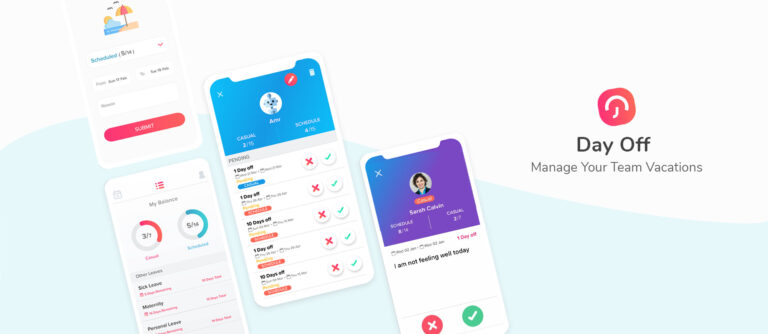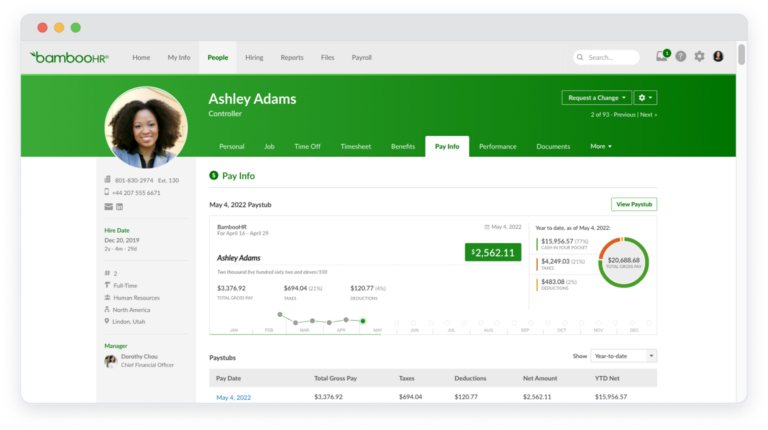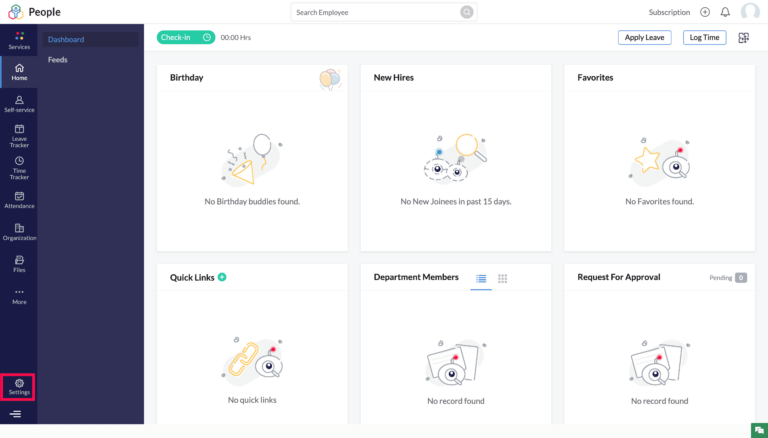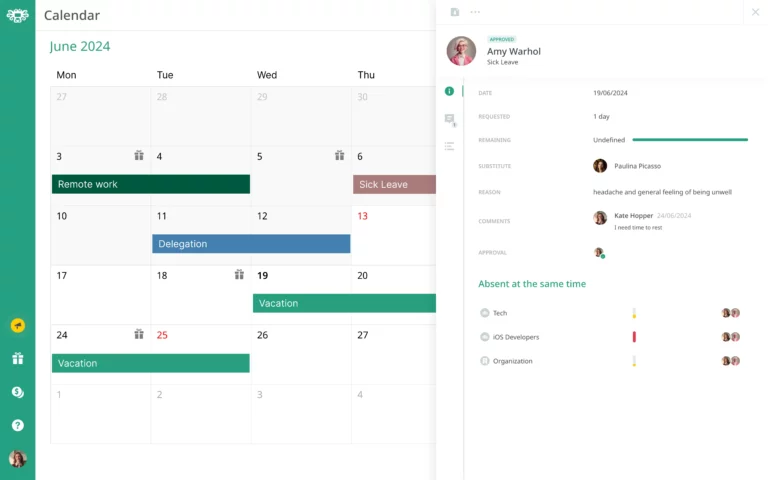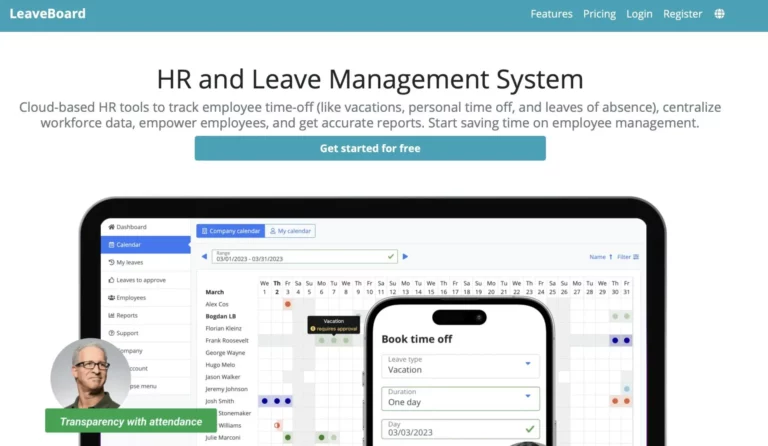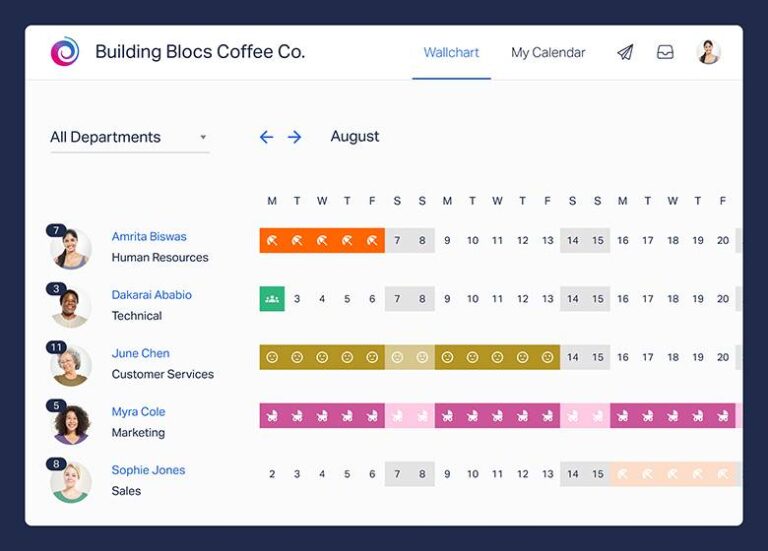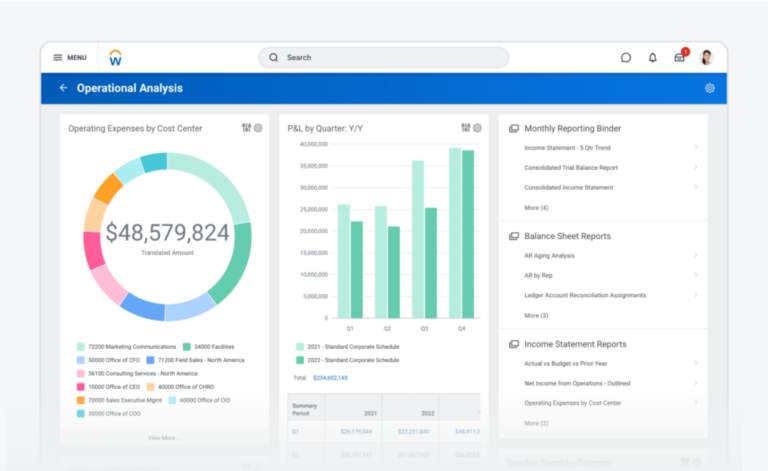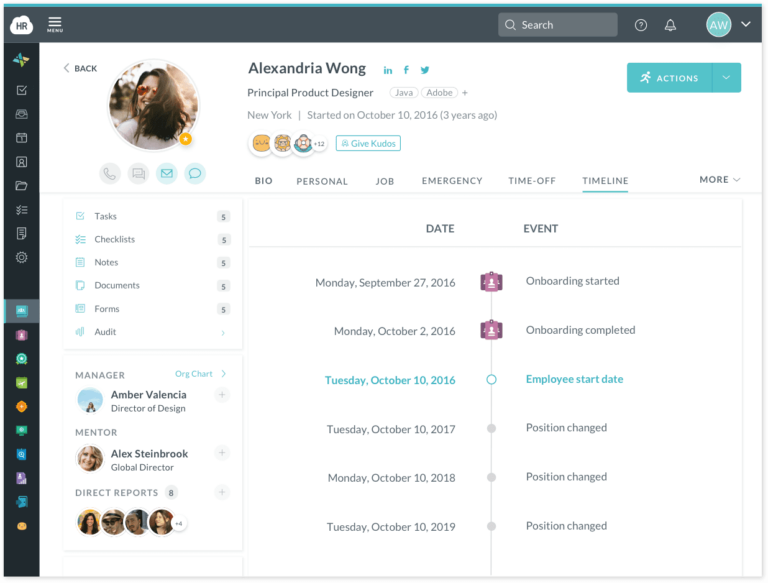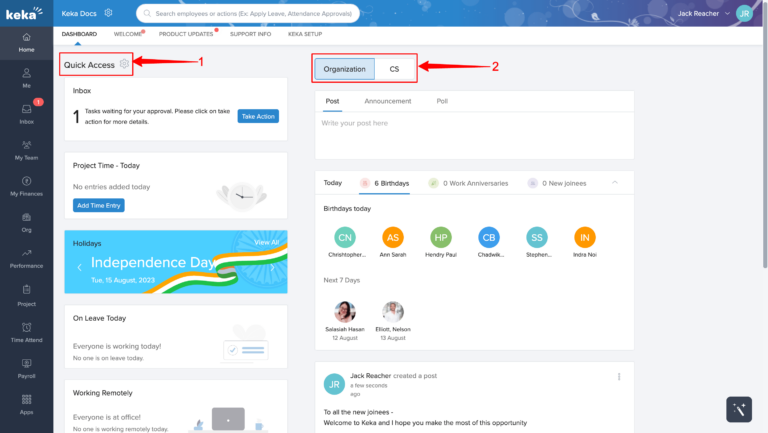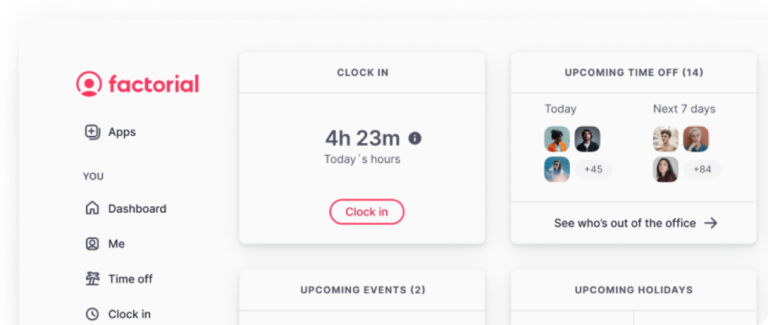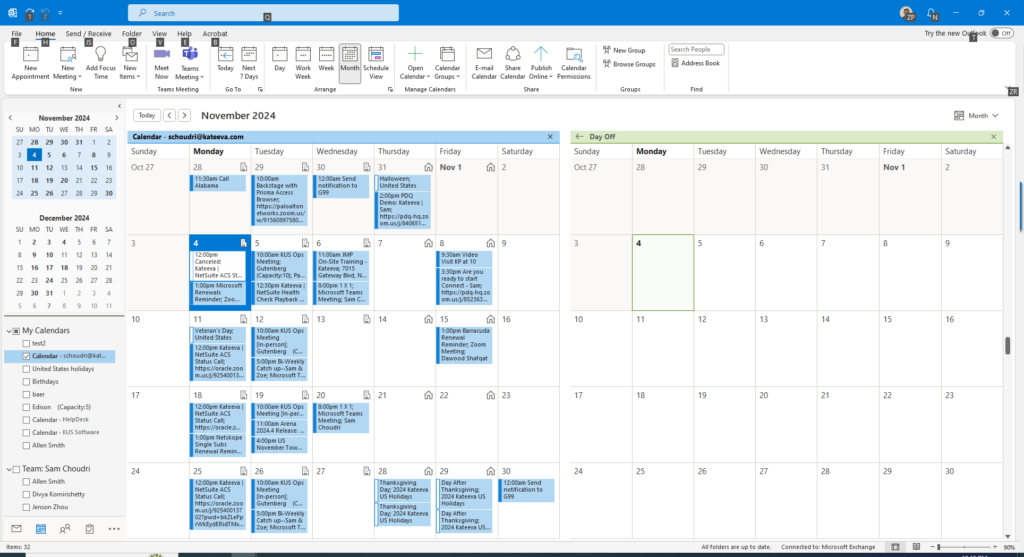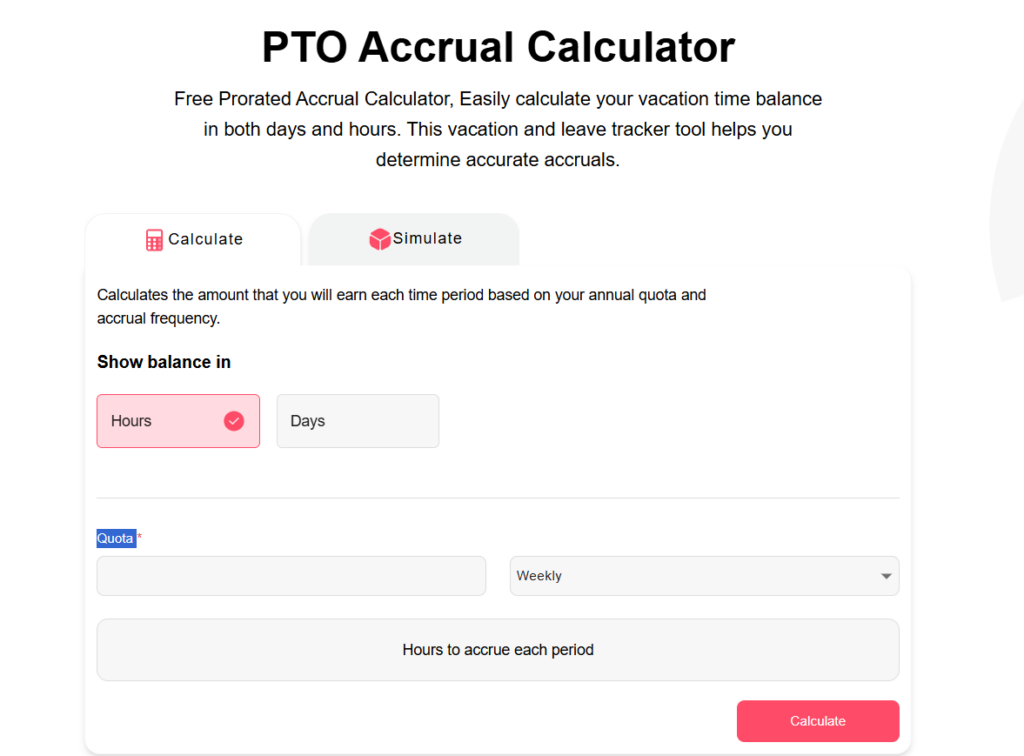Martin Luther King Jr. Day is more than just a date on the calendar, it is a day of reflection, remembrance, and renewal of commitment to the values Dr. King championed: justice, equality, compassion, and peace. In 2026, this important holiday falls on Monday, January 19, offering Americans an opportunity to honor one of history’s most influential civil rights leaders.
This year marks the 97th anniversary of Dr. King’s birth, a poignant reminder that his vision of unity and equality continues to shape the moral and social fabric of the United States and inspire movements around the world. His legacy challenges each generation to take meaningful action in the pursuit of fairness and dignity for all.
A Brief History of Martin Luther King Jr. Day
The journey to establishing Martin Luther King Jr. Day as a federal holiday was long and filled with perseverance, a testament to the power of collective activism.
Following Dr. King’s assassination in 1968, supporters and civil rights leaders began advocating for a national day of recognition. However, it wasn’t until 1983 that President Ronald Reagan officially signed the holiday into law, after years of petitions, protests, and congressional debates. The holiday is observed annually on the third Monday in January, aligning closely with Dr. King’s birthday on January 15.
The first official observance took place in 1986, but it took until 2000 for all 50 states to formally recognize the holiday, a powerful reflection of both the challenges and progress of America’s ongoing civil rights journey.
Today, Martin Luther King Jr. Day stands as one of only a few U.S. holidays dedicated to an individual, symbolizing the enduring influence of Dr. King’s life and ideals. It is also recognized as a National Day of Service, encouraging Americans to engage in volunteerism and civic action, turning Dr. King’s message of love and service into reality.
Is Martin Luther King Jr. Day an Official Holiday for Workers?
Yes. Martin Luther King Jr. Day is a federal holiday, which means it is officially recognized by the U.S. federal government. However, how the day is observed and whether workers receive time off, can vary depending on the sector, employer, and employment type.
Let’s take a closer look at how it applies to different groups:
Federal Employees
All federal employees receive a paid day off as part of the official federal holiday schedule. Federal offices, such as post offices, Social Security offices, and federal courts, close in observance of the day.
However, essential federal services, such as public safety, national security, and emergency response, remain operational to ensure critical services continue uninterrupted.
State and Local Government Employees
Most state and local government employees also observe the holiday, although policies may vary. Many public schools, colleges, and universities are closed, giving staff and students a day to participate in community events or reflect on Dr. King’s teachings.
Some institutions, however, remain open to host educational programs, workshops, or service projects, using the day as an opportunity to promote awareness and learning rather than rest.
Private Sector Workers
The private sector operates under more flexibility. While private employers are not legally required to give employees the day off, many large companies and corporations choose to honor the holiday.
Paid Day Off: Many organizations align with the federal holiday calendar, granting employees a paid holiday.
Volunteer Encouragement: Others may remain open but encourage employees to volunteer as part of the “Day On, Not a Day Off” initiative.
Regular Business Operations: Smaller businesses or service-oriented companies often continue normal operations.
Unionized and Contract Workers
For unionized employees, whether the day is recognized depends on the collective bargaining agreement. Some contracts specifically include MLK Day as a paid holiday, while others do not.
Independent contractors and gig workers generally do not receive holiday pay unless it’s written into their agreement.
Essential Services
Workers in critical fields such as healthcare, emergency response, transportation, and utilities often continue to work on MLK Day to ensure vital services remain available.
These employees may receive holiday pay, overtime compensation, or additional time off as recognition for their service.
Will Martin Luther King Jr. Day 2026 Create a Long Weekend?
Yes, for many people, Martin Luther King Jr. Day 2026 will result in a three-day weekend. Since the holiday falls on Monday, January 19, employees who typically work Monday through Friday will enjoy an extended weekend.
Here’s how it applies to different groups:
Federal and State Employees: Offices are closed, creating a guaranteed three-day weekend.
Private Sector Employees: Depends on company policy. Those whose employers observe the holiday will benefit from a long weekend, while others may have a regular Monday workday.
Schools and Universities: Most educational institutions are closed, giving students and teachers the day off.
Retail and Service Workers: Many businesses, especially in retail, hospitality, and entertainment, remain open. Employees in these industries often work the holiday to meet customer demand.
Themes and Observances in 2026
The theme for Martin Luther King Jr. Day 2026 is expected to focus on unity, equality, and the continuing pursuit of justice, echoing Dr. King’s belief that “injustice anywhere is a threat to justice everywhere.”
As the world continues to grapple with issues such as racial inequality, poverty, and social division, MLK Day serves as a vital moment for reflection and action.
Community Service: “A Day On, Not a Day Off”
Since 1994, MLK Day has been recognized as a National Day of Service, urging Americans to transform the holiday into a day of meaningful contribution. Across the country, individuals and organizations come together for volunteer efforts such as:
Organizing food drives and clothing donations.
Participating in community cleanups and environmental projects.
Mentoring youth and supporting educational programs.
Visiting senior homes or helping local shelters.
These acts embody Dr. King’s vision of service through compassion, love, and community upliftment.
Educational Programs and Events
Educational institutions nationwide host lectures, panel discussions, and film screenings to honor Dr. King’s work. In 2026, these programs are expected to highlight his strategies for nonviolent activism, leadership in the Civil Rights Movement, and the global influence of his teachings.
Schools and universities often encourage students to explore how Dr. King’s dream connects with today’s social movements, inspiring them to become changemakers in their own communities.
Marches and Commemorative Ceremonies
From Atlanta to Washington, D.C., and across every major U.S. city, marches, parades, and remembrance ceremonies bring people together to honor Dr. King’s life.
Historic landmarks such as the Martin Luther King Jr. National Historical Park in Atlanta and the National Civil Rights Museum in Memphis serve as focal points for commemorative activities. Visitors gather to reflect on Dr. King’s messages of peace, courage, and perseverance.
Frequently Asked Questions About Martin Luther King Jr. Day
Why was Martin Luther King Jr. Day established as a federal holiday?
The holiday was created to honor Dr. King’s monumental contributions to the Civil Rights Movement and his philosophy of nonviolent resistance to injustice. It serves as a national reminder to continue striving for equality, understanding, and compassion in all communities.
Is Martin Luther King Jr. Day observed internationally?
While primarily a U.S. holiday, Dr. King’s legacy is celebrated globally. Countries such as Canada, Japan, and the Netherlands host discussions, cultural programs, and events dedicated to promoting racial harmony and social justice, reflecting the worldwide influence of his message.
Are banks and financial institutions closed on Martin Luther King Jr. Day?
Yes. Most banks and financial institutions close in observance of the federal holiday. However, online banking and ATMs remain operational for convenience.
Is there mail delivery on Martin Luther King Jr. Day?
No. The U.S. Postal Service (USPS) does not deliver mail on MLK Day, and post offices are closed. Some private courier services like FedEx and UPS may operate with limited schedules.
How do airlines and transportation systems operate on Martin Luther King Jr. Day?
Airlines and major public transportation systems typically follow regular schedules, but some local transit authorities may switch to reduced or holiday service. It’s always best to check in advance.
Can I visit museums or national parks on Martin Luther King Jr. Day?
Yes. Many museums, cultural centers, and national parks remain open and may host special exhibits or offer free admission in honor of Dr. King. For instance, the Martin Luther King Jr. National Historical Park in Atlanta often organizes ceremonies, concerts, and community events.
Conclusion
Martin Luther King Jr. Day 2026 stands as a beacon of hope and unity, a time to reflect on the progress achieved and the work that remains. Dr. King’s dream of equality, empathy, and nonviolence is as vital today as it was during the height of the Civil Rights Movement.
As we honor his legacy, the day reminds us that true change begins with collective action, through service, education, and a shared commitment to justice. Whether you volunteer, participate in community events, or take a quiet moment to reflect, Martin Luther King Jr. Day invites us all to live the values he stood for and continue building the world he envisioned, one rooted in love, equality, and peace for all.




